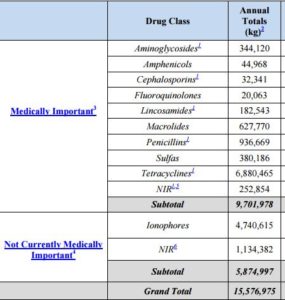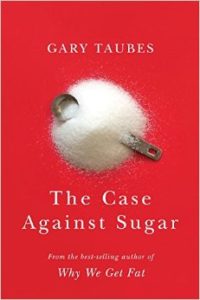FDA releases label rules for Added Sugars
Just in the nick of time, the FDA has released rules on labeling added sugars. and re-adjusting serving sizes, documents aimed at helping food manufacturers prepare for the sweeping update to Nutrition Facts labels set for 2018.
The FDA also released draft guidance for complying with the rules. Here is one example from this Q and A:
7. How should I calculate the amount of added sugars in a fruit juice blend containing the juices of multiple fruits that have not been reconstituted to 100 percent (full-strength)?
If the juice blend is reconstituted such that the sugar concentration is less than what would be expected in the same amount of the same type of single strength juice (e.g., less than 100% juice), the added sugar declaration would be zero. If the juice blend is reconstituted such that the sugar concentration is greater than what would be expected in the same amount of the same type of single strength juice, the amount of sugar that is in excess of what would be expected in the same amount of the same type of single strength juice must be declared as added sugars on the label.
A separate draft guidance explains changes in serving sizes that also go into effect.
When does all this happen? The rules became final in May but they do not have to be implemented until July 26, 2018. Businesses with annual food sales below $10 million get an additional year to comply.
The elephant in the room? Will the new administration step in and repeal the whole thing?
The relevant documents
- Draft Guidance for Industry: Questions and Answers on the Nutrition and Supplement Facts Labels Related to the Compliance Date, Added Sugars, and Declaration of Quantitative Amounts of Vitamins and Minerals
- Federal Register Notice for the Draft Guidance on Questions and Answers
- Draft Guidance for Industry: Reference Amounts Customarily Consumed: List of Products for Each Product Category
- Federal Register Notice for the Draft Guidance on Reference Amounts
- Changes to the Nutrition Facts Label




